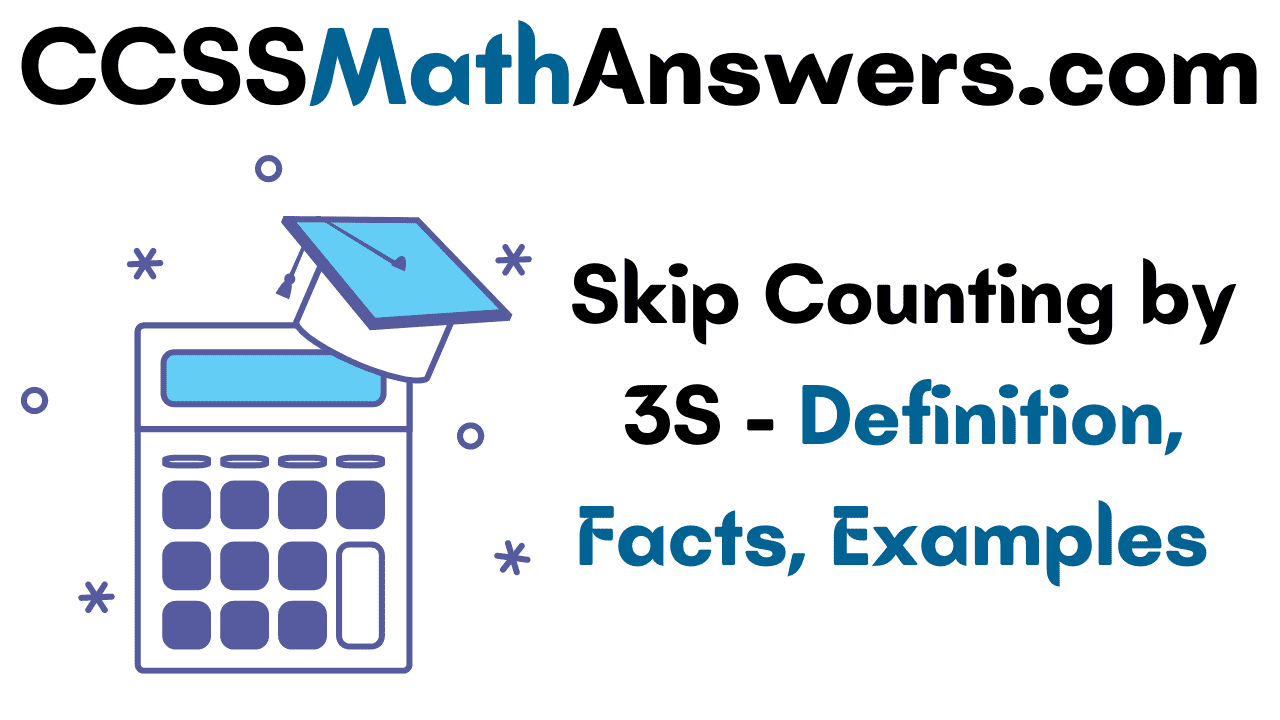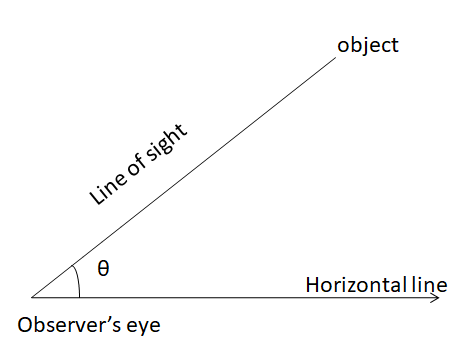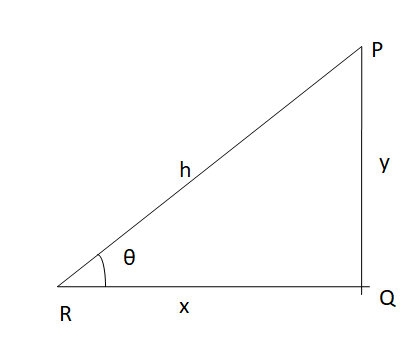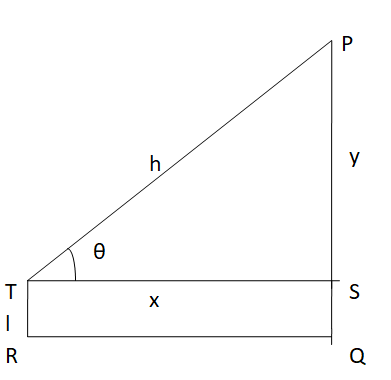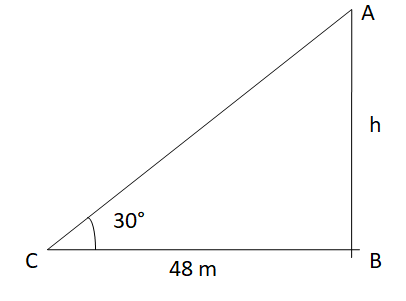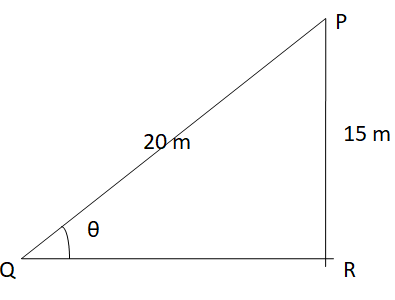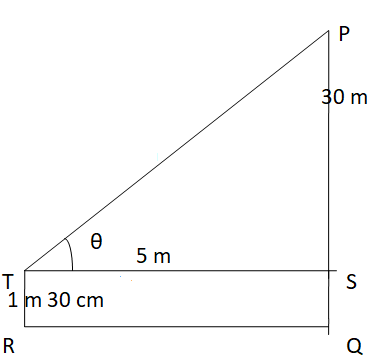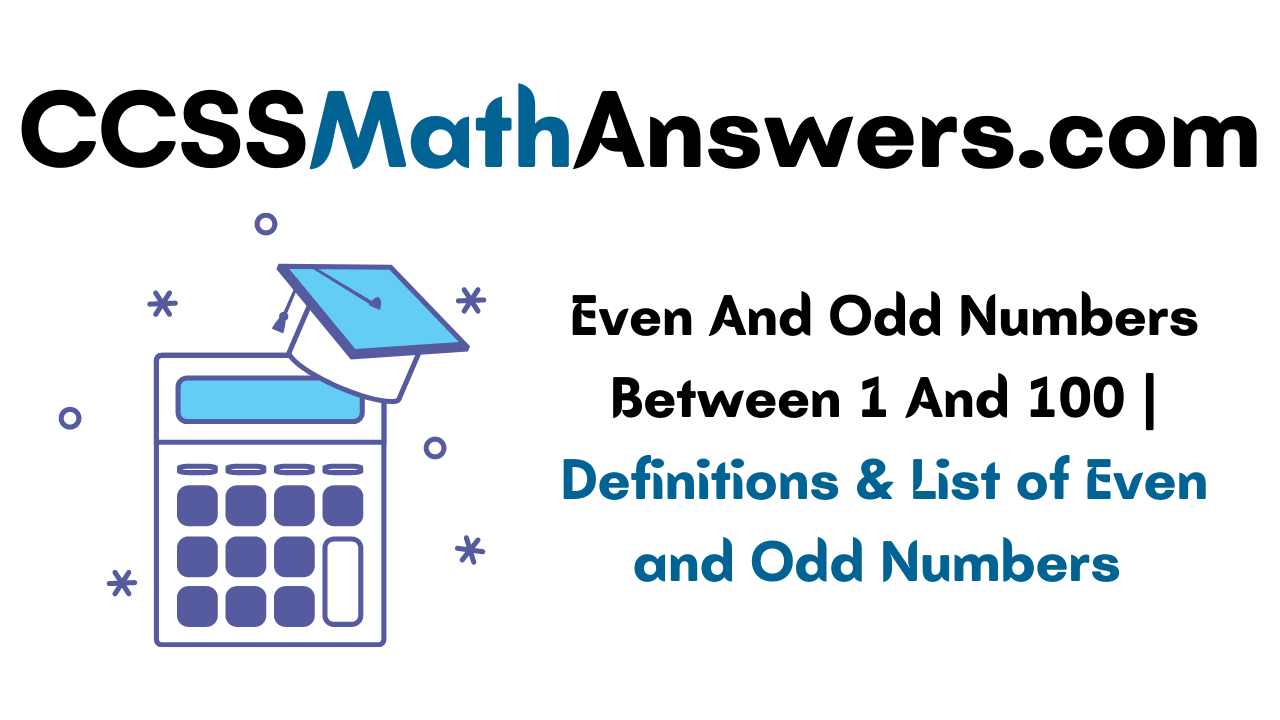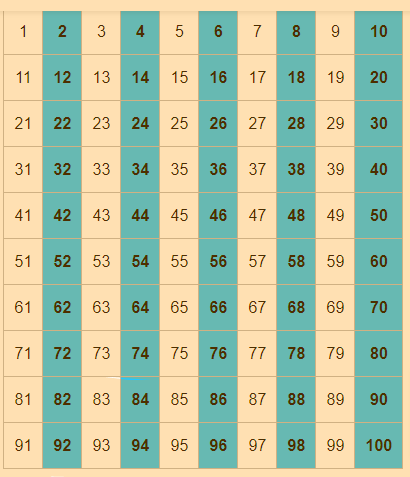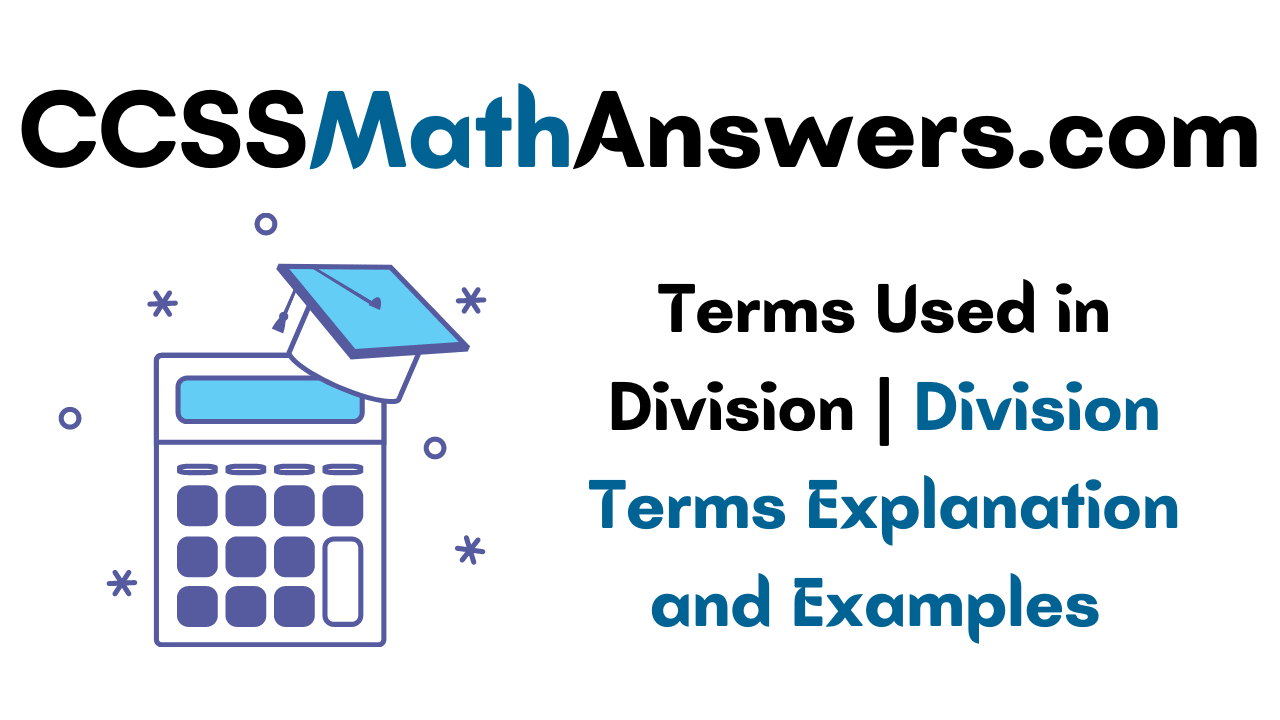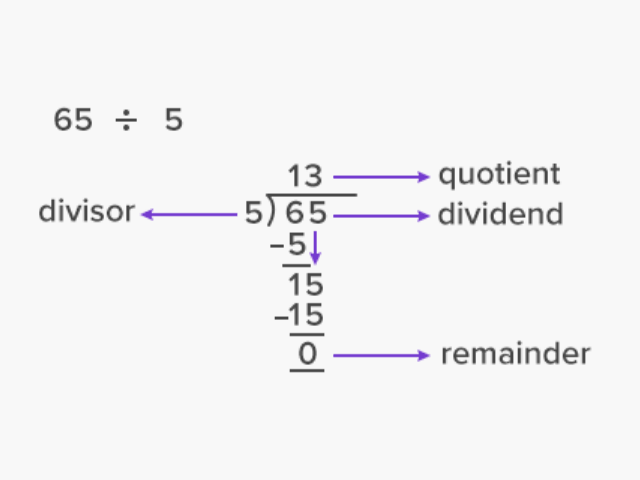Discount is defined as the amount or percentage that deducted or reduced from the normal selling price of any product. Shortly, discount means the reduction in the price of a good or service. Refer to the marked price, list price and discount, and the formula of discount, and procedure to find out the discount, and solved examples in this article and get a grip on the total discount concept. Subtracting the Sale price from the Regular price minus gives the amount of discount. Check out various problems on discount and improve your math knowledge easily.
Discount Formula
Check out the formula of discount and Rate of Discount in the below section. Use the below formulas to find different problems on discount.
- Discount = List Price – Selling Price
- Therefore, Selling Price = List Price + Discount
- List Price = Selling Price + Discount
Discount Percentage Formula is
- Rate of Discount or Discount% = (Discount/List Price) * 100
- Selling Price = List Price ((100 – Discount)/100)%
- List Price = Selling Price (100/(100-Discount)%)

Concept of Discount
Sometimes, the retailers don’t directly sell the old items, defective items. They offer less price for those products to sell. Such a price is called the sale price. The difference between the Marked price (selling price) and the sale price is called a discount.
Discount = Marked Price – Sale Price
Marked Price
The price on the label of a product is called the Marked Price. The marked price is the price at which the product ready to be sold. Marked price is represented by MP.
Example: The price printed on the books is called the Marked Price.
List Price
The products that are manufactured in a factory and marked with a price by the retailer to sell them are called the List Price. The list price is represented as LP.
Selling price = Marked price – Discount
where the selling price is the amount that actually pays for the product when you purchase.
The marked price is the general price of the product without any discount.
Discount is a percentage of the Marked price.
Example:
If the cost of the pen is $10 and the shopkeeper reducing the amount of $8 on that pen, then there is a discount of $2 is available for that pen.
Sometimes, the discount is also available in percentages ‘%’.
Do Check Related Articles:
- Practice Test on Profit Loss and Discount
- Concept of Profit and Loss
- Calculate Profit and Profit Percent
How to Find Discount?
The below procedure will help you to find a discount on a product. Follow the procedure and practice different problems on discount using the below process.
1. The rate given for a product is considered as a percentage value.
2. In the next step, to find out the discount, multiply the rate by the original price.
3. To find the sale price, Subtract the discount from the original price.
Types of Discounts
Basically, Discounts are classified into three types. They are
Trade Discounts: The trade discounts are offered by the distributors. Trade discounts are the discounts where the amount of the product is reduced to sell the product.
Quantity Discounts: Quantity discounts are applied to a buyer depending on the number of items he purchased in greater numbers. Mainly, to sell the items in huge amounts to buyers, the sellers offer Quantity discounts.
Promotional Discounts: Promotional discounts are applied to do sales promotions. It is most preferable amongst shopkeepers. Generally, the Promotional discounts appear in % or buy 2 & get 1 free, etc.
Discount Examples
1. The marked price of a table fan is $ 750 and the shopkeeper offers a discount of 5% on it. Find the selling price of the table fan?
Solution:
Given that the marked price of a table fan is $ 750 and the shopkeeper offers a discount of 5% on it.
The Marked Price of the table fan = $750.
Discount on the table fan = 5%
We know that Discount = 5% of Marked Price
Discount = 5% of $ 750 = 750 * \(\frac { 5 }{ 100 } \) = 750 * 0.05 = 37.5
Discount = $37.5
To find the selling price of the table fan, subtract the discount from the Marked Price of the table fan.
Selling price = (Marked Price) – (discount)
Selling price = $750 – $37.5 = $712.5
Hence, the selling price of the table fan is $712.5.
2. A trader fixed the cost of his goods at 30% above the cost price and allows a discount of 15%. What is his gain percent?
Solution:
Given that a trader fixed the cost of his goods at 30% above the cost price and allows a discount of 15%.
Let the cost price be $ 100.
Therefore, the marked price = $130
We know that Discount = 15% of Marked Price
Discount = 15% of $130 = 130 * \(\frac { 15 }{ 100 } \) = 19.5
Discount =$19.5
To find the selling price of the table fan, subtract the discount from the Marked Price of the table fan.
Selling price = (Marked Price) – (discount)
Selling price = $130 – $19.5 = $110.5
Gain% = (Selling price – cost price)% = (110.5 – 100)% = 10.5%
Hence, the trader gains 10.5%.
3. A dealer purchased a cooler for $ 3830. He allows a discount of 6% on its marked price and still gains 5%. Find the marked price of the cooler?
Solution:
Given that a dealer purchased a cooler for $ 3830. He allows a discount of 6% on its marked price and still gains 5%.
The Cost price of the cooler = $ 3830
Gain% = 5%.
Now, find out the selling price.
To find the selling price, Substitute the Cost price and Gain% in the selling price formula.
Therefore, selling price = [{(100 + gain%)/100} × CP]
Selling price = $ [{(100 + 5)/100} × 3830] = $4021.5
The selling price is $4021.5
Let the marked price be $ x.
Then, the discount = 6% of marked price = 6% of $ x.
discount = $ {x × (6/100)} = = $ 3x/50
To find the selling price of the table fan, subtract the discount from the Marked Price of the table fan.
Selling price = (Marked Price) – (discount)
Selling price = $ x – $ 3x/50 = $47x/50
But, the SP = $4021.5
Therefore, $47x/50 = $4021.5
$47x = $4021.5 * 50
$47x = 201075
x = 201075/47 = $4278.19
Hence, the Marked price of the cooler is $4278.19.
4. How much percent above the cost price should a shopkeeper mark his goods so that after allowing a discount of 15% on the marked price, he gains 30%?
Solution:
Let the cost price be $ 100.
Gain required = 30%.
Therefore, the selling price = $ 130.
Let the marked price be $x.
Then, discount = 15% of $x
discount = $ (x × 15/100)
discount = $ 3x/20
To find the selling price of the table fan, subtract the discount from the Marked Price of the table fan.
Therefore, selling price = (Marked Price) – (discount)
= $ {x – ($ 3x/20)
= $ 17x/20
Therefore, $ 17x/20 = 130
⇔ x = {130 × (20/17)} = 152.94
Therefore, marked price = $ 152.94.
Hence, the marked price is 52.94% above the cost price.
Successive Discounts
If two or more discounts are applied one after the other on a single product, then such discounts are called Successive Discounts. The Successive Discounts are also called discounts in series.
For example, if a discount of 30% is given for a product and later 10% of discount is given due to the reduced price. In such a situation, we can say successive discounts of 30% and 10% are given.
5. Find the single discount equivalent to two successive discounts of 30% and 20%.
Solution:
Let the marked price of the product be $ 100.
Then, the first discount on it = $ 30.
Price after first discount = $ (100 – 30) = $ 70.
Second discount on it = 20% of $ 70
= $ {70 × (20/100)} = $ 14.
Price after second discount = $ (70 – 14) = $ 56.
Net selling price = $ 56.
Single discount equivalent to given successive discounts = (100 – 56)% = 44%.
Fake Discounts
Fake Discounts also exist where the product pre-sale price may immoderately increase, or else the post-sale price of the product is actually its market price. This may feel the customers that they are getting a discount to make them purchase a product.
Frequently Asked Questions on Discounts
1. What is the Discount?
Discount is the amount deducted from the list price of the commodity before selling it to the customer.
2. How to Calculate Discount?
Check out the below steps to calculate the discount.
1. Find out the original price of the product.
2. Know the discount percentage.
3. Calculate the savings.
4. Calculate the sale price by subtracting the savings from the original price.
To calculate the discount, we need to subtract the selling price from the list price.
Discount = Selling Price – List Price
3. What is the Discounted Rate?
The discounted rate is also called the discount percentage. It is defined as the percentage by which list price is reduced before selling.
4. What is the Discount Percentage Formula?
The formula for Discount Percentage is
Rate of Discount or Discount% = (Discount/List Price) * 100
Selling Price = List Price ((100 – Discount)/100)%
List Price = Selling Price (100/(100-Discount)%)
Try More:

